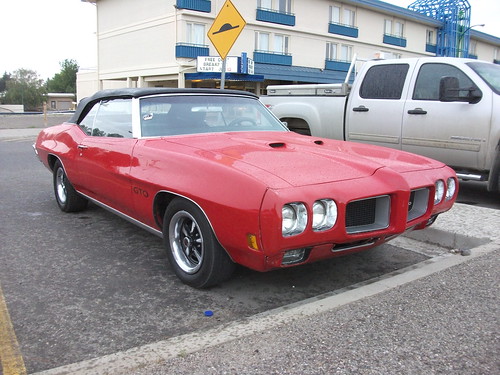
Vintage car restoration is an activity that requires a considerable skill and knowledge. Classic automobiles that are no longer in production can be worth a respectable amount of money. With parts and components often difficult to get hold of, and the problem of inherent wear that exists on old vehicles, locating a professional and trustworthy restorer is not a task that should be taken for granted.
At the outset, you should understand that a quality car restorer would have a lot of experience. They should have developed a reputation with the owners of classic cars as someone to turn to for assistance. When checking out the possible options, ask for images of the work they have done, this will give you an understanding of whether they would be able to do the type of work that you have in mind. It may also be worth asking for references, though you may find that testimonials are available online if the restorer has a website.
The work that is carried out on vintage automobiles is very different than that which takes place on new vehicles. There may be a need for custom made parts to be built, as well as the usage of specialized tools. Do not waste your energy by contacting regular high street mechanics, they are unlikely to have the ability to do the work.
To find the right auto restorer collectors can join classic car clubs which constantly organizes car shows and tours. Members can gain access to their informative forums discussing the specifics of their models as well as useful tips for polishing earlier models or where to find professionals which are specialized in classic vehicles or part supply.
Another option to find the right staff for this job is the world wide web. With the search term for example "classic auto restoration" many specialist addresses appearing in the search results of various search engines, the only thing what to do is to make a call or mailing them.
Depending upon the age and condition of your vehicle, you may require a broad spectrum of automobile restoration services. For this reason, it is desirable to find a professional who can satisfy your every need. If the vehicle was to be worked on by a number of experts, the final result may not be exactly to your liking.
Vintage car restoration is a very satisfying activity. Choosing the right assistance as and when is necessary can ensure you get the maximum pleasure.
Restoration Tips From A Classic Car Junkie! Helps you to understand how to to restore your car and how to find automotive parts for old car restoration. Click Here
